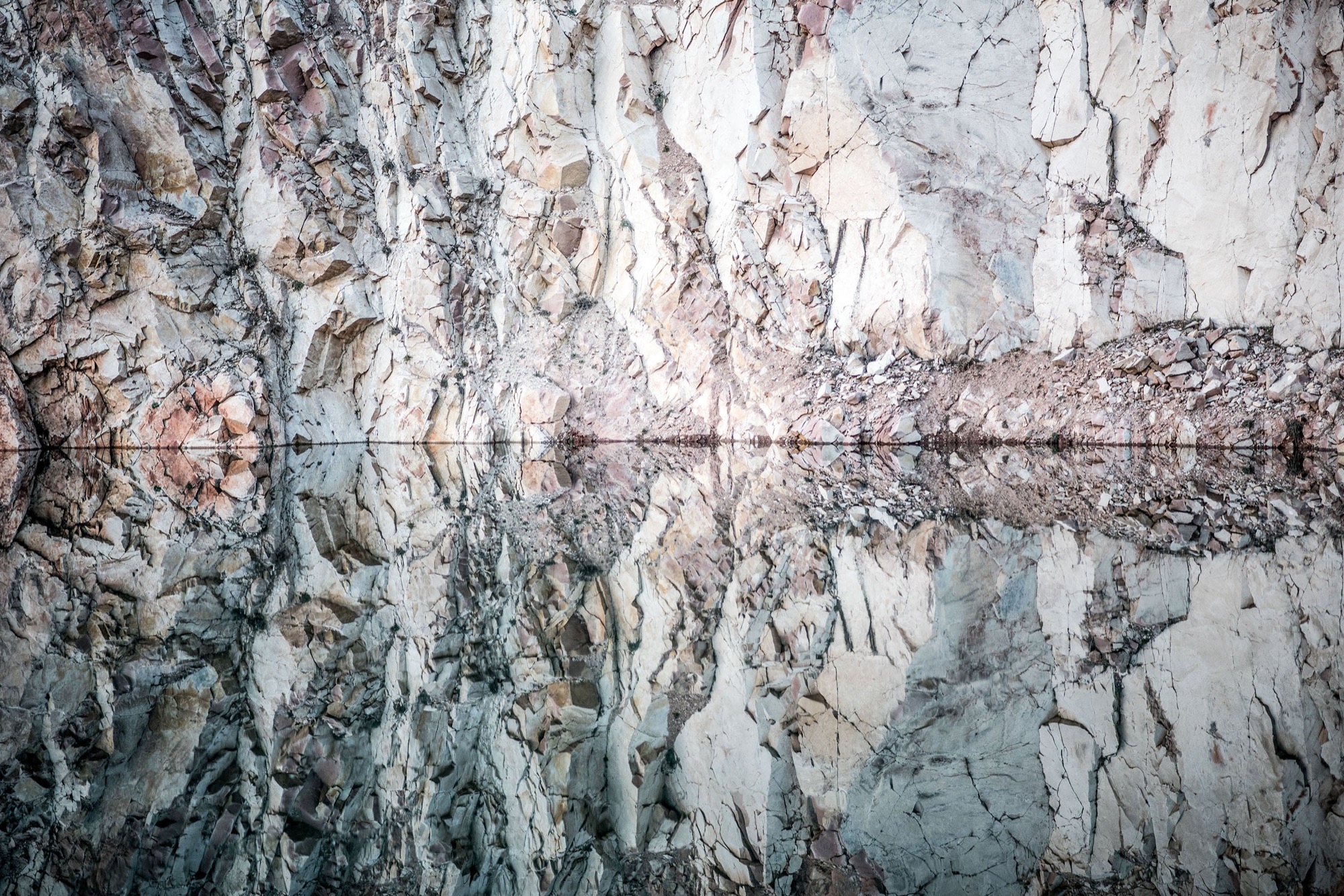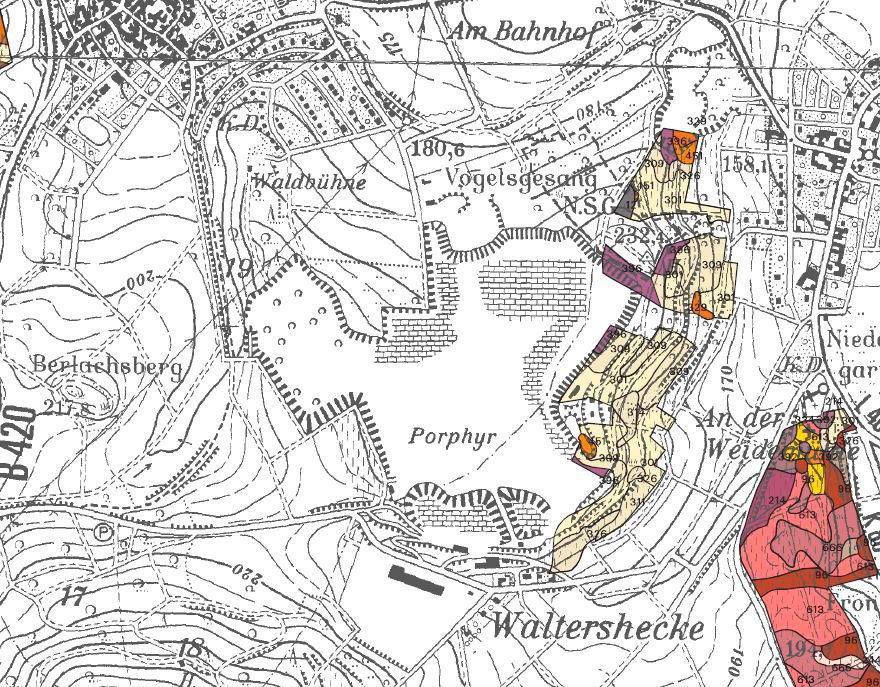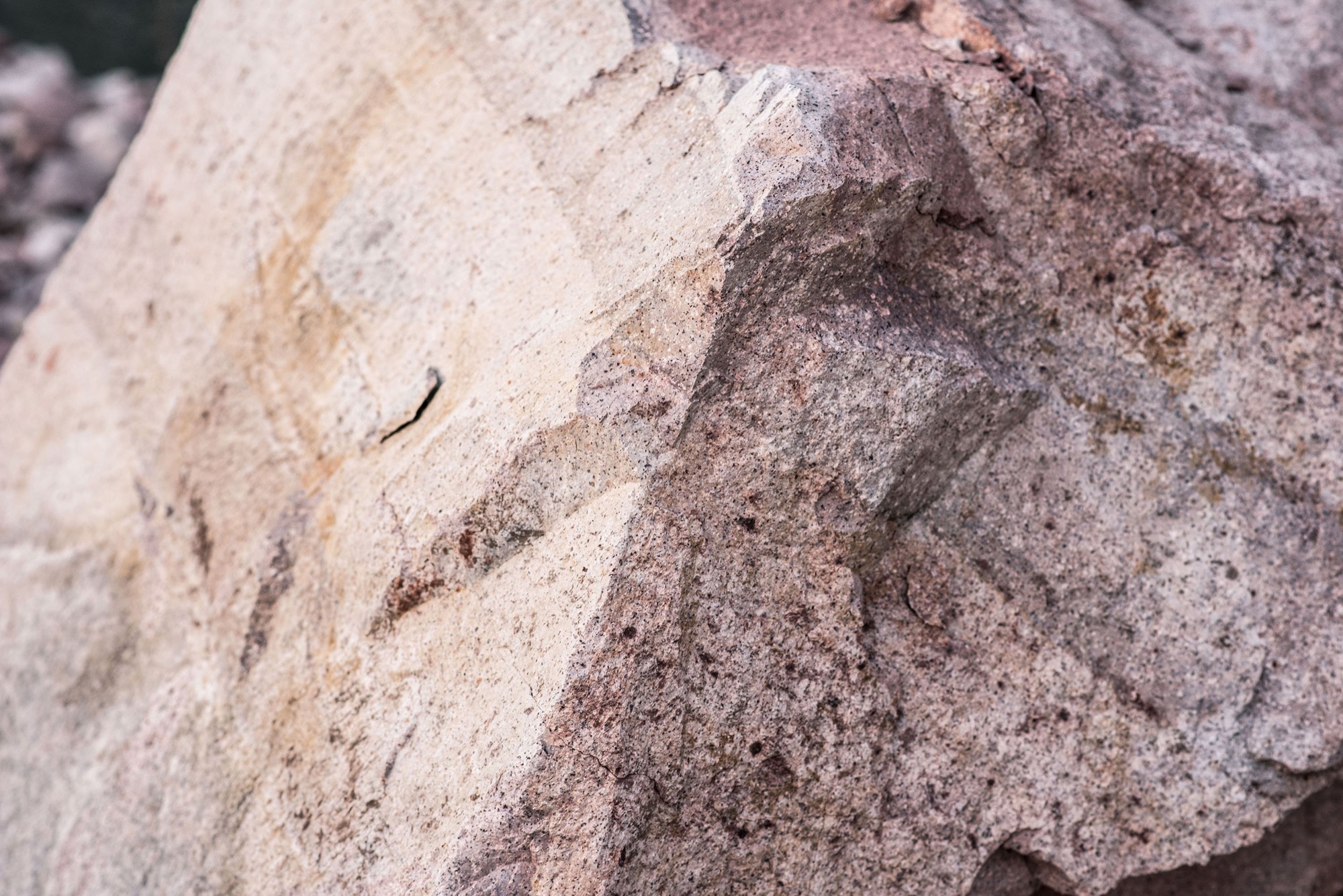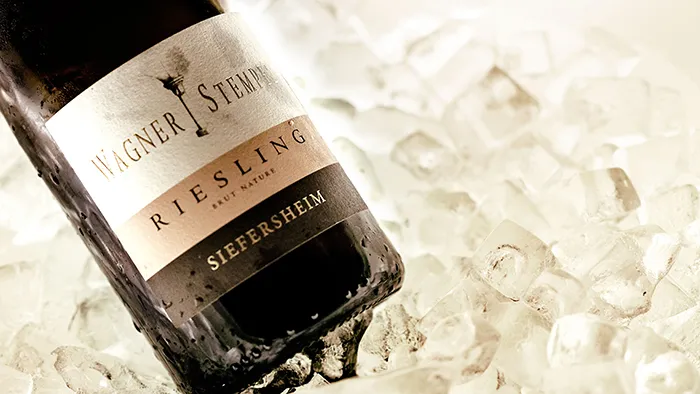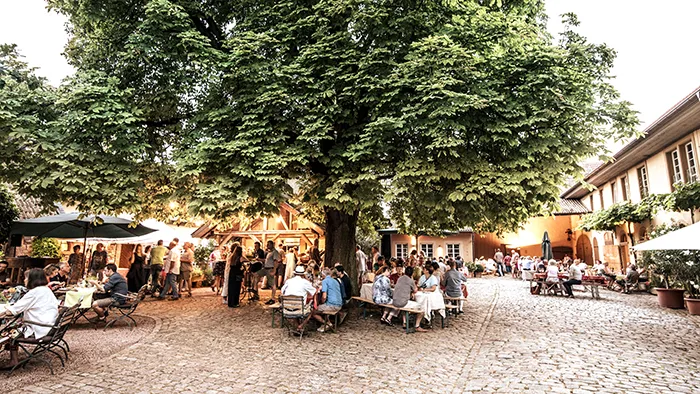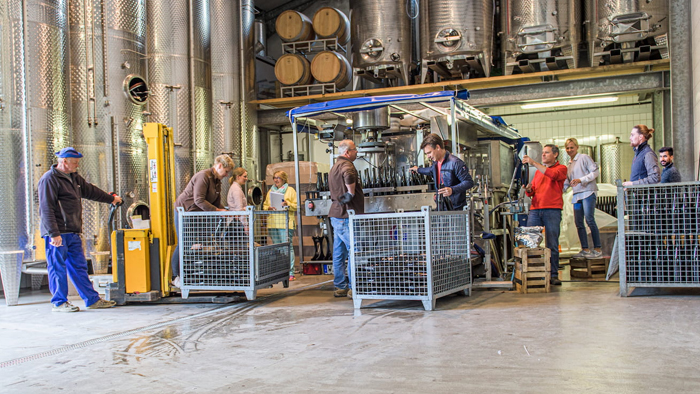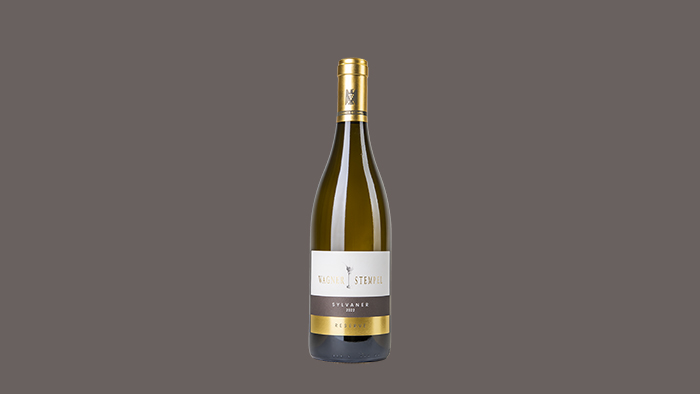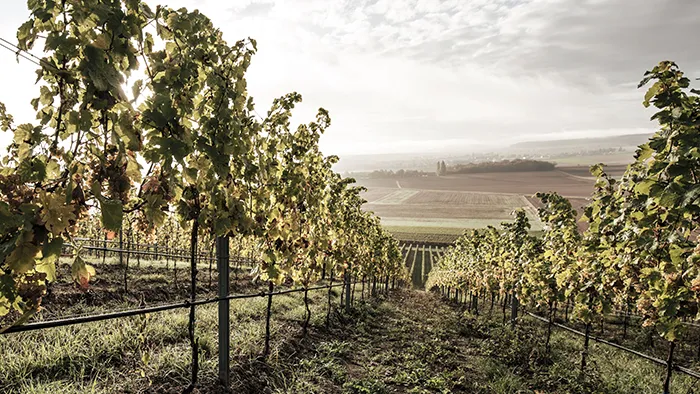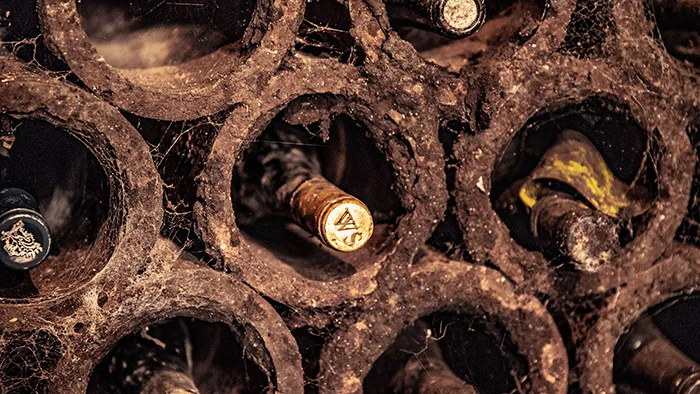Rhyolith
The backbone of the wines is particularly characterized by the rhyolith – also known as quartz porphyry. This is an acidic, magmatic type of igneous rock from the Perm age, and was formed around 290 million years ago by tectonic fault lines in the Nahe-Saar Basin. Siefersheim itself is located on the extreme south-easterly border of this fault line, and is basically surrounded and framed by the hills of this magmatic mass.
